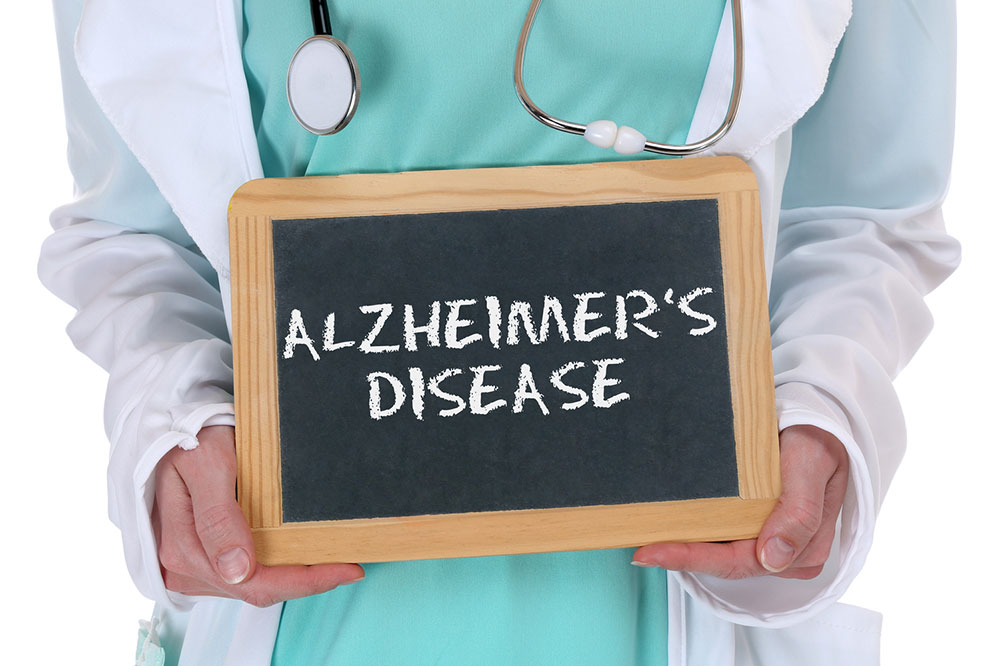Comprehensive Guide to the Progression and Stages of Alzheimer’s Disease: Symptoms, Diagnosis, and Care Strategies
This comprehensive article explores the progression, stages, symptoms, diagnosis, and management of Alzheimer’s disease. It highlights risk factors, early signs, and current treatment options, emphasizing the importance of early detection and caregiver support for improving patient quality of life. Perfect for anyone seeking in-depth understanding of Alzheimer’s, its challenges, and care strategies.

Comprehensive Guide to the Progression and Stages of Alzheimer’s Disease: Symptoms, Diagnosis, and Care Strategies
Understanding How Alzheimer’s Disease Develops Over Time
Alzheimer’s disease is a complex and irreversible neurological disorder that progressively impairs memory, cognitive abilities, and daily functioning. It is one of the most common causes of dementia among older adults and poses significant challenges for patients and their families. Recognizing the stages of Alzheimer’s—from initial mild symptoms to severe decline—is crucial for timely intervention and effective management. This detailed overview explores the causes, progression, symptoms, diagnostic methods, and treatment options associated with Alzheimer’s disease, offering insights into how individuals can navigate this challenging condition.
What Causes Alzheimer’s Disease?
The direct cause of Alzheimer’s remains unknown, but current research indicates that a combination of genetic, environmental, and lifestyle factors contribute to its development.
Specific abnormal protein deposits in the brain, such as amyloid plaques and neurofibrillary tangles, are hallmarks of the disease and lead to the destruction of nerve cells.
Major Risk Factors for Alzheimer’s Disease
Age remains the most significant factor, with risk increasing notably after 65 years old.
Having a family history of dementia or Alzheimer’s significantly raises the likelihood of developing the disease.
Genetic predispositions, especially certain gene variants like APOE-e4, can increase susceptibility.
Lifestyle factors such as poor diet, lack of physical activity, smoking, and cardiovascular issues can also influence risk.
The Alzheimer’s Disease Progression: Understanding the Stages
Stage 1: Preclinical Stage: No visible symptoms are present, but biological changes begin in the brain. Individuals with a family history might undergo special assessments for early detection.
Stage 2: Mild Cognitive Impairment (MCI): Slight forgetfulness and subtle memory lapses are observed. These symptoms are often dismissed as normal aging but warrant medical evaluation to monitor progression.
Stage 3: Mild Alzheimer's Disease: More noticeable forgetfulness, difficulty with complex tasks, and slight withdrawal from social activities. Family members might notice changes in behavior or personality.
Stage 4: Moderate Alzheimer’s Disease: Significant memory deficits become clear; patients struggle with daily activities such as dressing and personal hygiene. Confusion, agitation, and mood swings are common.
Stage 5: Severe Alzheimer's Disease: The decline progresses to where individuals may be unable to recognize loved ones, require assistance with basic functions, and experience communication difficulties.
Stage 6: Very Severe or Late Stage: Patients lose the ability to speak or communicate effectively, require full-time care, and are highly dependent on caregivers.
Stage 7: Terminal Stage: Complete loss of motor function and ability to respond. Patients often succumb to complications such as infections or pneumonia.
Symptoms That Signal Alzheimer’s Development
Persistent memory loss affecting routine activities and personal safety.
Difficulty recalling recent conversations or events.
Struggling with problem-solving, planning, or understanding complex ideas.
Challenges with speech, language, or writing.
Neglect of personal hygiene and grooming.
Personality shifts, mood swings, anxiety, or depression.
Methods for Diagnosing Alzheimer’s Disease
The most accurate diagnosis is confirmed post-mortem through brain tissue analysis to identify characteristic changes.
Early detection involves comprehensive assessments of cognitive function, medical history, and physical examinations, particularly in individuals with a family history.
Doctors also perform neurological testing, blood tests, and brain imaging (like MRI or PET scans) to rule out other causes of cognitive decline.
Assessment of daily living skills and behavioral changes help inform diagnosis and care planning.
Current Treatment and Management Options
Although there is no cure for Alzheimer’s disease yet, several medications can help manage symptoms and potentially slow progression.
Cholinesterase inhibitors and memantine are common drugs prescribed to enhance cognitive function and behavioral symptoms.
Non-pharmacological interventions, such as cognitive therapy, physical activity, nutritional support, and social engagement, play vital roles in improving quality of life.
Caregiver support and environmental modifications can greatly assist in managing behavioral challenges and ensuring safety.
As Alzheimer’s disease advances, ongoing care, early diagnosis, and comprehensive support are essential for maintaining patient comfort and dignity. Early intervention offers the best chance to slow the progression and improve the quality of life for those affected.





